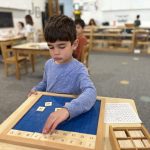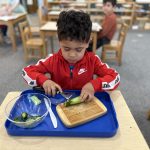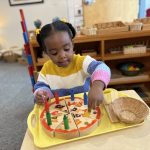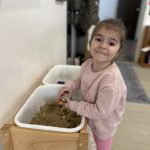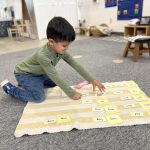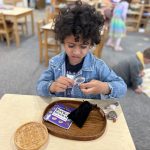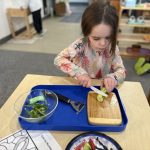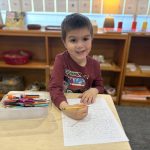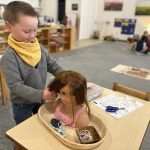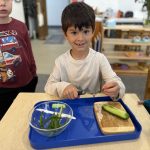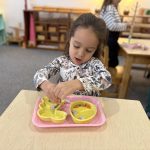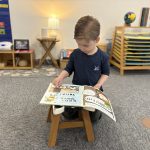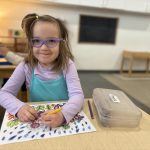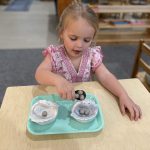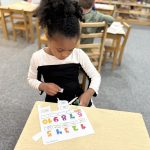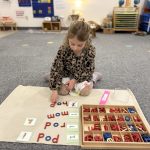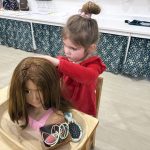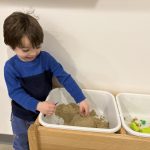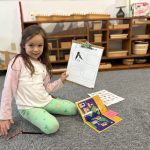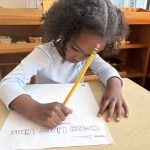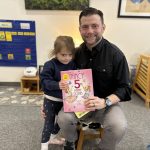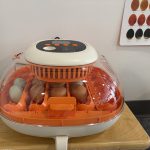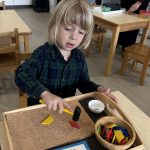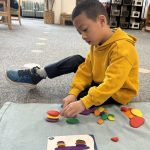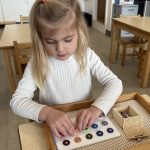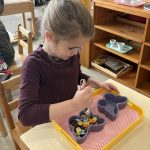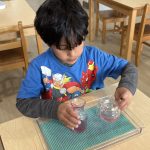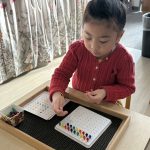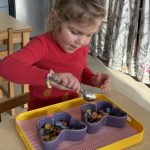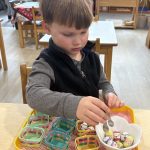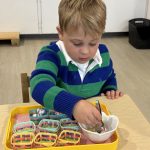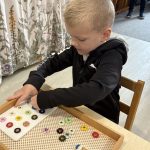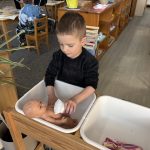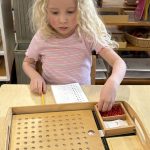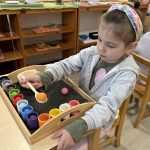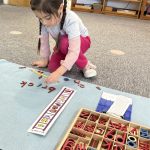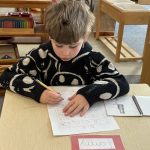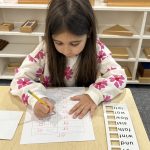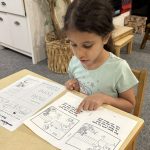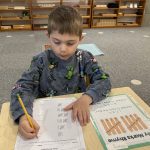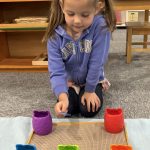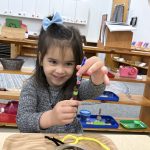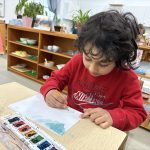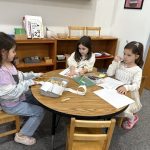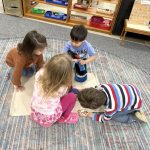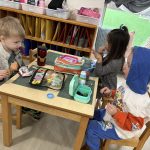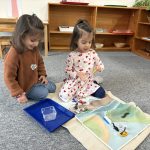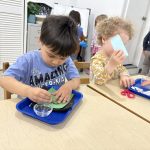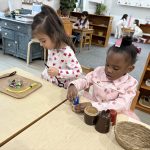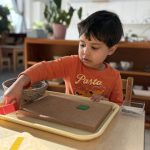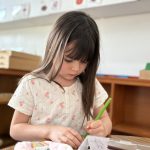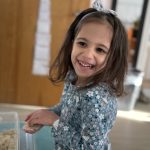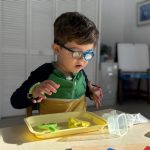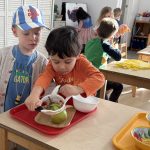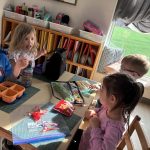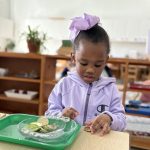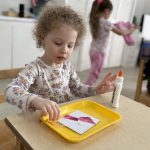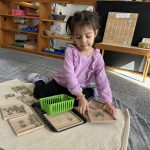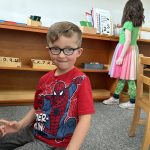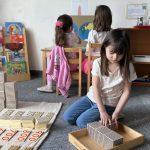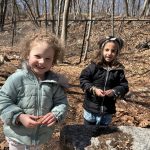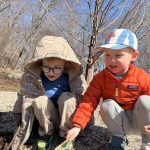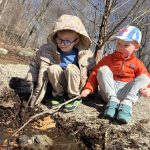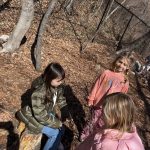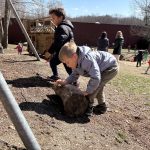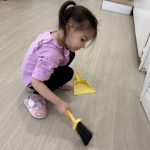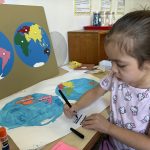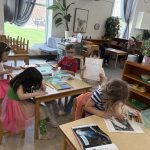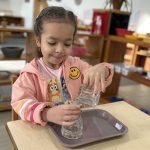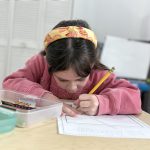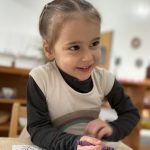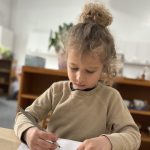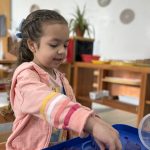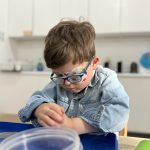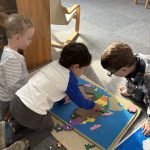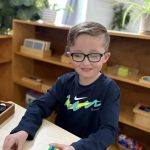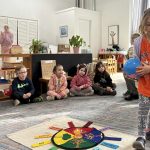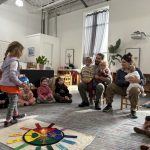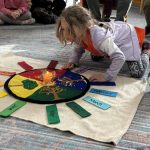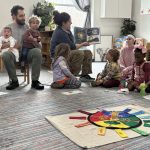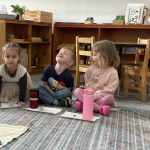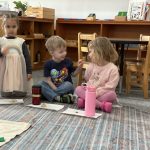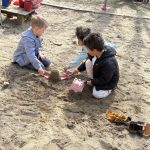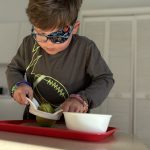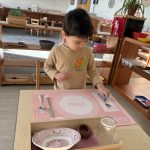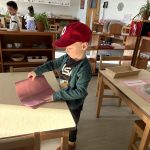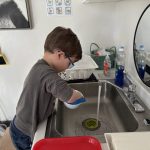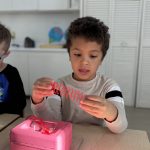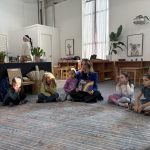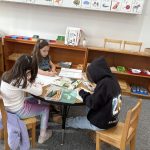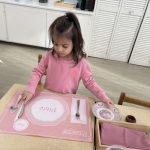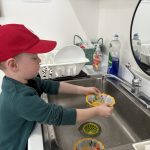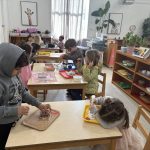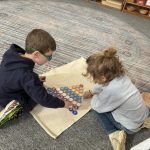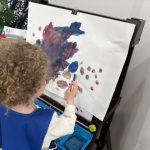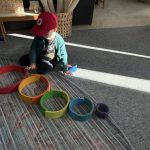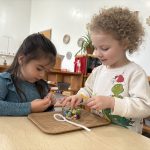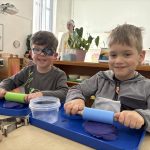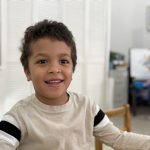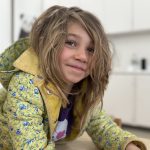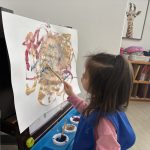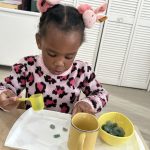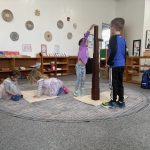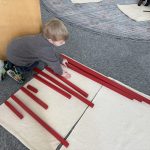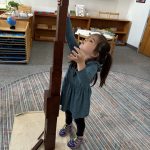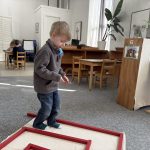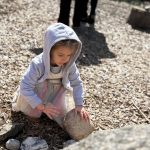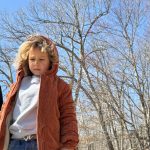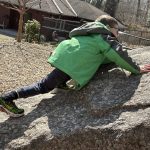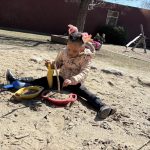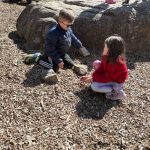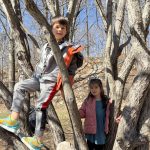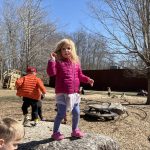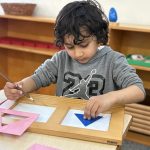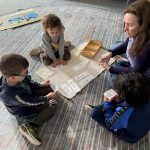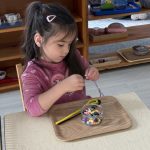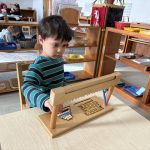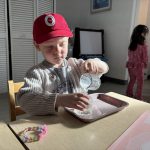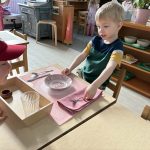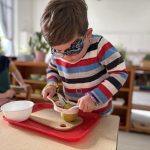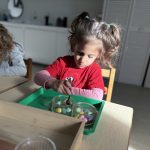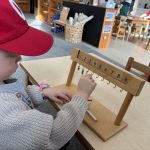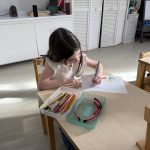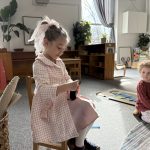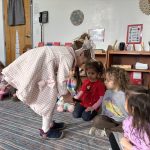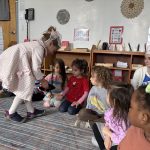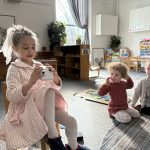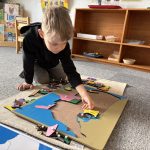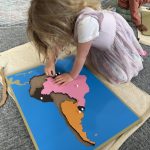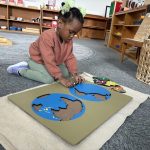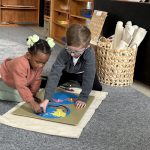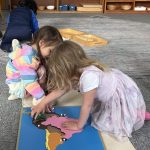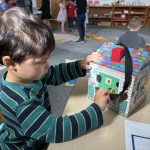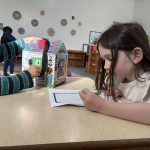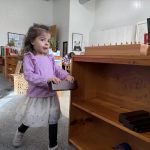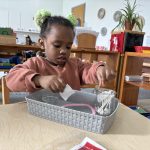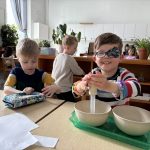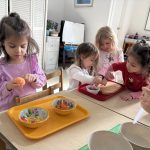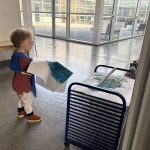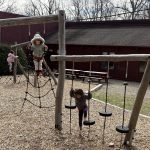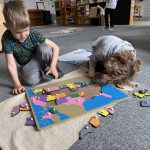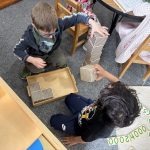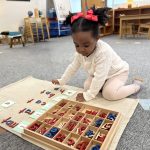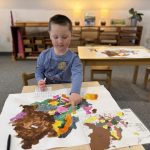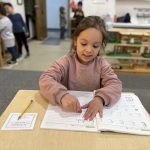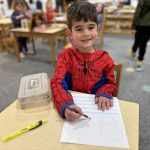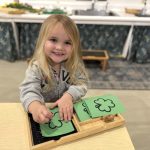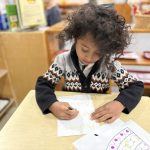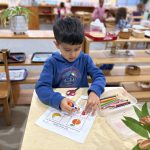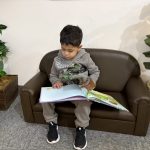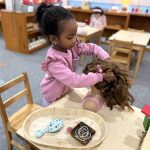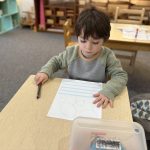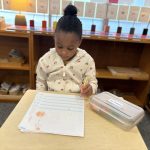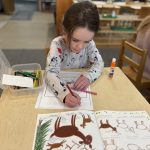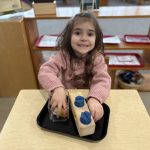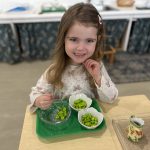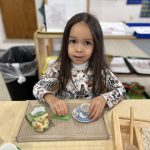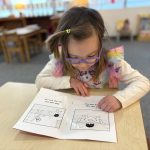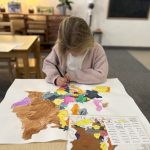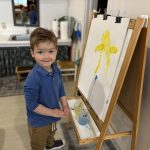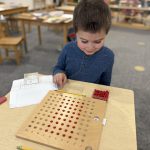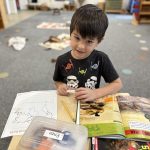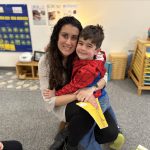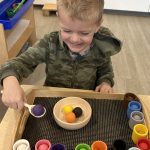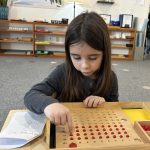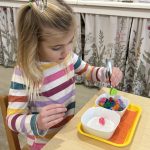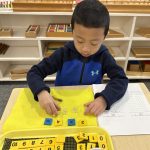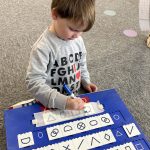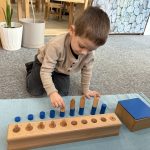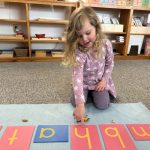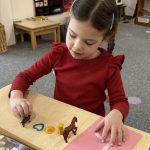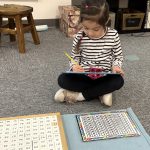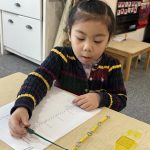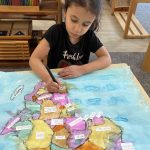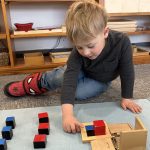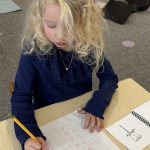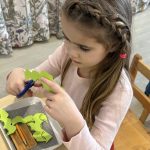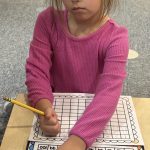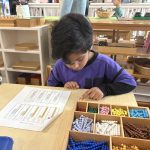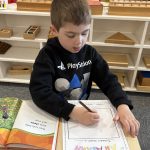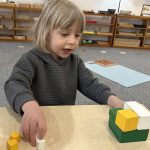Ms. Marissa: Weekly Update
In a Montessori classroom, learning is often a hands-on experience that invites curiosity and fosters a sense of wonder. One of the most captivating subjects for young learners is the world of colors. A study of rainbows and the science of color mixing is an exciting way to engage children in discovering the beauty and magic of the world around them. Recently, our classroom embarked on an exploration of rainbows, primary colors, and the fascinating process of color mixing!
Once the students were familiar with the idea of a rainbow and the variety of colors it holds, we delved into the core concept of color theory—the primary colors: red, blue, and yellow. We used Montessori color materials like the color tablets to visually explore and differentiate between these hues. The tactile nature of the materials, paired with the children’s natural inclination to touch and explore, made this lesson particularly engaging.
Through sorting activities, students were able to identify and arrange primary colors, gaining an understanding that these colors cannot be created by mixing other colors. This revelation led to our next exciting step—color mixing!
With the foundational understanding of primary colors, it was time for the children to explore the art and science of mixing colors. The children were free to use red, yellow, and blue in any combination they wished to see what would happen. It’s been an exciting week!
Have a wonderful weekend,
Marissa & Sue
Mrs. Lopes: A Look at Our Week
We are now studying the continent of South America in our classroom. South America is pink on the Montessori map and a topic of great fascination for the children. It is a beautiful region with vibrant cultures and traditions and a wide range of climates and terrains.
South America is the fourth largest continent in our world and comprises twelve individual countries. It is connected to North America by the Isthmus of Panama. An isthmus is one of the landforms we study. Brazil is the largest country in South America, and the major languages spoken are Spanish and Portuguese.
Located in South America, the largest rainforest in the world is the Amazon Jungle. So it makes sense that we start to explore the rainforest as well. The rainforest is an ecosystem with a dense tree canopy that lets very little light through. To be considered a rainforest, there must be more than 60 inches of rain each year. Rainforests also contain over 40% of the world’s animal and plant species. There are four layers in a rainforest; each layer receives different amounts of sun, rain, and wind and is home to various species.
Another exciting update–we are incubating chicks in our classroom! A big thank you to Kate Neugold for organizing and donating the incubator and eggs. We have been discussing the life cycle of a chick this week and the children have been fascinated with following the development of the eggs each day.
As the weather gets warmer, now is a great time to check the extra clothes in your child’s locker to see if they should be changed from winter clothes to spring/summer clothes.
Wishing you a week filled with peace and love!
Amanda & Hema
Ms. Handibode: Next Stop, South America
We are now studying the continent of South America in our classroom. South America is pink on the Montessori map and a topic of great fascination for the children. It is a beautiful region with vibrant cultures and traditions and a wide range of climates and terrains.
South America is the fourth largest continent in our world and comprises twelve individual countries. It is connected to North America by the Isthmus of Panama. An isthmus is one of the landforms we study. Brazil is the largest country in South America, and the major languages spoken are Spanish and Portuguese.
Located in South America, is the Amazon jungle, the largest rainforest in the world. The rainforest is an ecosystem with a dense tree canopy that lets very little light through. To be considered a rainforest, there must be more than 60 inches of rain each year. Rainforests also contain over 40% of the world’s animal and plant species. There are four layers in a rainforest; each layer receives different amounts of sun, rain, and wind and is home to various species.
As the weather gets warmer, now is a great time to check the extra clothes in your child’s locker to see if they should be changed from winter clothes to spring/summer clothes.
Wishing you a week filled with peace and love!
Michelle & Maria
Ms. Marissa: Weekly Update
As we continue our study of rainbows (a very popular topic every year!), we are also dipping our toes into the water cycle! We have learned big words like evaporation, condensation and precipitation. The kindergarten students have set up an experiment to see if we can see condensation happen. We drew a lake, clouds, and a sun on a gallon-sized Ziploc bag and hung it up in a window. The heat from the sun will heat the water, and we will see little droplets of water start to rise!
The children were very excited to get back to the classroom after our Spring Break. They were very focused, happy to see their friends, and enjoyed so much beautiful weather this week. It is so rewarding to see your children grow as the year goes on. Our littlest friends are involved in more and more challenging activities, starting to learn their letter sounds and even lending helping hands to others. We love seeing the growth!
Have a wonderful weekend,
Marissa & Sue
Mrs. Sargeant: A Peek at the Week
Happy spring, and welcome back! The children were very excited to be reunited this week. We made the most of the beautiful weather, spending as much time as possible outdoors.
The children did not waste any time getting right back into the routine, and they were eager to make independent work choices and learn new things. We were all excited to welcome Ms. Hailey to our classroom and to sing our ‘Hickety Pickety Bumblebee’ song to introduce ourselves.
This week, the children enjoyed cutting pears and peeling clementines. The food preparation activities are so valuable. Incorporating food preparation equips children with essential life skills such as washing, cutting, peeling the fruit, and washing and drying the dishes. It also promotes social interaction and communication, as the children offer their peers a piece of fruit. The multi-step processes involved in food preparation require attention to detail and sequential thinking, which enhances children’s concentration and ability to focus, which is imperative for being successful with later academic challenges. The hands-on experience of food preparation often leads to a willingness to try new foods, in addition to fostering a sense of autonomy and self-confidence.
A favorite book this week has been Come Over to my House, co-written by Eliza Hull and Sally Rippin. This book explores the home lives of children and parents with various disabilities. It’s a great book that builds awareness, fosters inclusivity, and promotes empathy. The children asked thoughtful questions and thoroughly enjoyed reading about the different characters.
Wishing you a peaceful week,
Christine & Hailey
Mrs. Lopes: A Look at Our Week
“These very children reveal to us the most vital need of their development, saying: ‘Help me to do it alone!”
—–Maria Montessori
In our hurried world filled with timelines and schedules, it is often so much easier and quicker for a parent to help their child put on a pair of shoes, rather than encourage the child and patiently wait for them to put on their own shoes. Doctor Maria Montessori recognized that children possess an innate need for independence. She also understood that this independence and the child’s desire to “Help me to do it myself” was the key driver behind their intellectual and physical development.
According to Montessori theory, the child’s journey towards independence begins from the moment they are born and progresses as children learn to become fully functioning, empowered individuals in our world. Our classrooms are designed to allow the children to experience “real work” and to fulfill their need for independence. It is common for some children to immediately say “Can you help me?” or “I can’t do it” before even trying. We ask the children to try something three times before seeking help from a teacher. Quite often, before that third try is up, they have found success. So, if you see your child struggling or taking a long time to do something, take a step back and create the opportunity for them to be successful independently.
Wishing you a week filled with peace and love.
Amanda & Hema
Ms. Handibode: Help Me To Do It Myself
“These very children reveal to us the most vital need of their development, saying : ‘Help me to do it alone!”
~Maria Montessori
In our hurried world filled with timelines and schedules, it is often so much easier and quicker for a parent to help their child put on a pair of shoes, rather than encourage the child and patiently wait for them to put on their own shoes. Doctor Maria Montessori recognized that children possess an innate need for independence. She also understood that this independence and the child’s desire to “help me to do it myself” was the key driver behind their intellectual and physical development.
According to Montessori theory, the child’s journey towards independence begins from the moment they are born and progresses as children learn to become fully functioning, empowered individuals in our world. Our classrooms are designed to allow the children to experience “real work” and to fulfill their need for independence. It is common for some children to immediately say, “Can you help me?” or “I can’t do it,” before even trying. We ask the children to try something three times before seeking out help from a teacher. Quite often, before that third try is up, they have found success. So, if you see your child struggling or taking a long time to do something, take a step back and create the opportunity for them to be successful independently.
Wishing you a week filled with peace and love.
Michelle & Maria

















































































































































